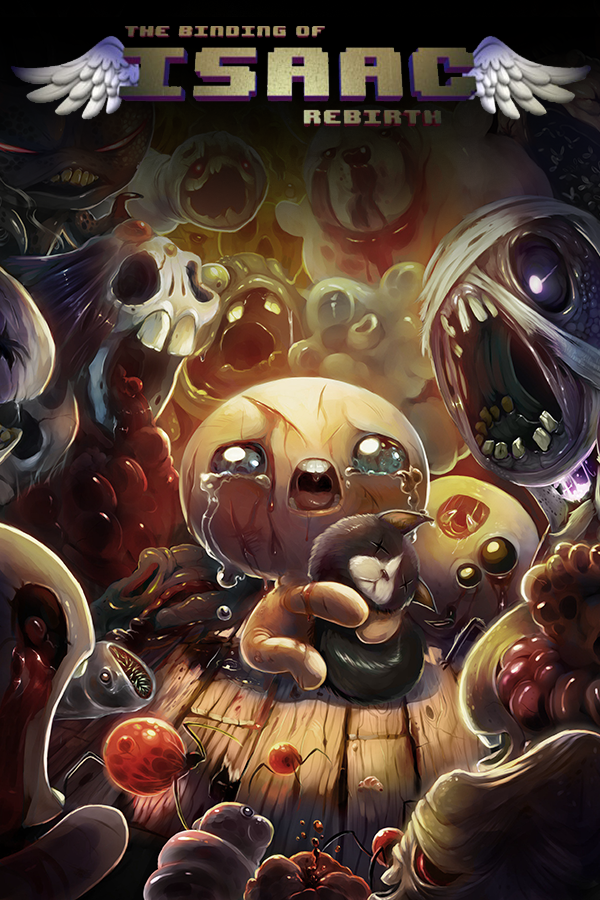
This tracks with Christian interpretations of the narrative, in which the character of Isaac is viewed as typological, a precursor or prefiguration to the sacrifice of Jesus. Algardi’s Isaac falls closer to the “aware and accepting” interpretation. These varying interpretations can change the meaning of the narrative for different religious groups and are reflected in visual depictions across almost 2,000 years. Some interpretations portray him as an innocent young boy who is complacent and oblivious to his fate, others as a young man, aware and accepting of his fate. Much religious commentary has been written about Isaac’s age, as the story found in Torah does not mention any detail about Isaac, his thoughts, or his actions.

Similarly, Algardi chose to portray Isaac as an older adolescent kneeling on the altar with his head hung low, as if resigned to his fate. This compositional choice therefore acts as visual biblical commentary, adding to, and expanding upon, interpretations of the original text. 1 Abraham simply responds, “Here I am.” Yet, in Algardi’s visual interpretation, the angel grabs onto the knife mid-swing, as if needing to physically halt Abraham’s actions, removing some of the sense of agency Abraham may have had in the original text it is not Abraham’s choice to pause in his actions, but a result of forceful intervention by the angel.

In the original narrative, the angel calls out to Abraham as he is about to strike. In the chapter, Abraham is told by God to sacrifice his son Isaac, but he is stopped at the last moment by an angel, who tells Abraham he has proved his fear of God, and he instead sacrifices a nearby ram (or lamb in some interpretations).

The Sacrifice, or Binding of Isaac narrative, is found in Genesis, the first book of Torah, also called the Hebrew Bible, chapter 22. Alessandro Algardi’s Early Modern Italian relief sculpture, The Sacrifice of Isaac, is a prime example of how art can act as its own biblical commentary, both through image alone and in conjunction with verbal interpretation. When talking about biblical studies, Rabbi Emily Meyer once said, “every translation is a commentary.” This is true, not only for verbal and written languages, but also for the language of visual art, particularly when it comes to biblical interpretation, where artistic design choices can change the context of the narrative.


 0 kommentar(er)
0 kommentar(er)
